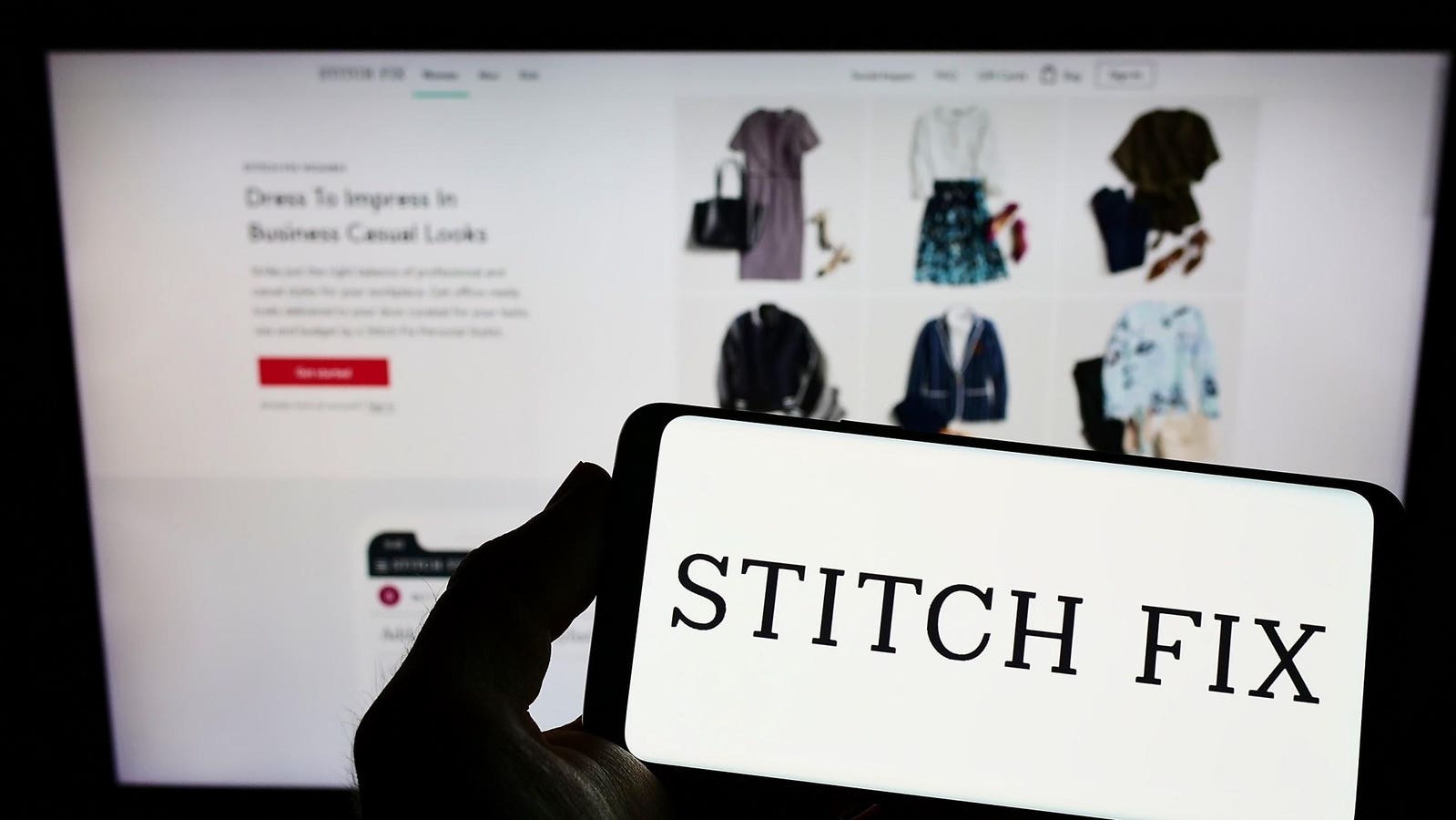How Stitch Fix is using generative AI to help us dress better
Business leaders looking to leverage generative AI, the technology known by ChatGPT, face some important strategic questions. What are the best ways to use generative AI within the organization? Where can technology add more value? And how can you find a delicate balance between human experience and machine intelligence?
Online personal styling service Stitch Fix is a business every organization can learn from. The company was built from the ground up on data and AI, allowing it to offer a personalized styling service and ship clothes directly to customers' doors, clothes they know customers will love based on their style preferences and choices previous ones But what makes Stitch Fix really special is its ability to strike that perfect balance between human knowledge and machine capabilities. Here's how Stitch Fix is leveraging generative AI to streamline processes and provide better customer service.
A goldmine of data
Stitch Fix is sitting on a goldmine of nearly 4.5 billion text data points that customers have shared with the company. This data may include a customer's style preferences or feedback on how an item fits them, for example. It's valuable data for understanding each customer's style, but it's often in free-form text, making the data difficult to work with. Generative AI helps Stitch Fix tap into this complex and messy data because generative AI excels at quickly making sense of and summarizing large amounts of text data.
Stitch Fix uses large language models from OpenAI, combined with its own deep learning recommendation algorithms, to interpret the feedback customers share and then use that information to inform future recommendations. In other words, generative AI translates customer feedback into a format that Stitch Fix's recommendation algorithms can more easily understand.
Let's explore some specific use cases in a little more detail.
Creation of clothing recommendations
One of the ways Stitch Fix uses generative AI is to display a selection of clothing items based on feedback the customer has shared about their style and fit preferences. These recommendations are shared with a human stylist, who will then curate the final pieces for the individual customer.
Considering that Stitch Fix has thousands of pieces in their inventory, this initial recommendation saves stylists valuable time and allows them to spend more time focusing on the customer's personal style needs.
Text generation support
Generative AI isn't just about interpreting text. You can too to create text (and images, and video, etc.). Stitch Fix uses this ability to produce an engaging ad that communicates the benefits of signing up for the Stitch Fix service. All AI-generated copy is vetted by human copywriters (with a 77 percent pass rate at the time of writing).
Generative AI also helps Stitch Fix create informative product descriptions that give customers details about an item's features, specifications and benefits. Writing descriptions for thousands of items is, as you can imagine, a time-consuming task. But after training OpenAI's GPT-3 on past product descriptions (written by writers), as well as customer feedback, the model can now quickly create descriptions for review by writers and marketers. Stitch Fix says the model can generate 10,000 product descriptions every 30 minutes, and each description only needs a quick one-minute review by an expert before approval.
Automatic clothing style
Another interesting use is Stitch Fix's Outfit Creation Model (OCM), which uses generative AI to generate millions of new outfit combinations per day. OCM, which has been trained on millions of outfits created by stylists, chooses items from current Stitch Fix inventory as well as past customer purchases to compile personalized outfit suggestions for customers. This shows customers how to decorate items they might be interested in buying (or already own) with other items available at Stitch Fix. This is done through personalized emails and ads and through the customer's personalized shopping feed.
Keys to take
In short, Stitch Fix uses generative AI to better understand what customers want and, more importantly, to strike a balance between automation and human skills. By allowing AI systems to automate repetitive, time-consuming tasks, Stitch Fix frees up human experts to focus on their uniquely human capabilities, such as creativity, judgment, and building incredible customer relationships. That's why I think all organizations can learn from Stitch Fix's approach.

